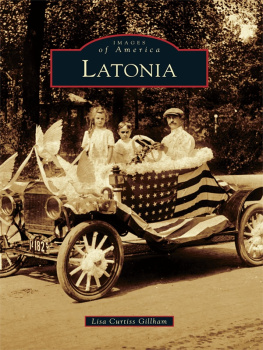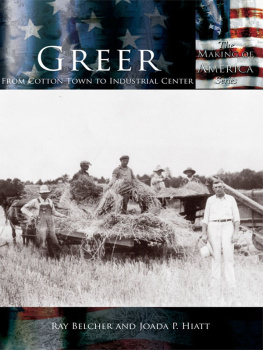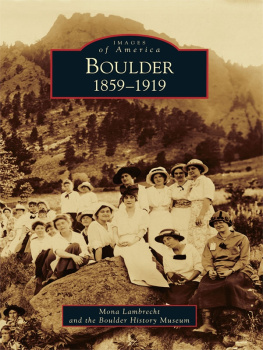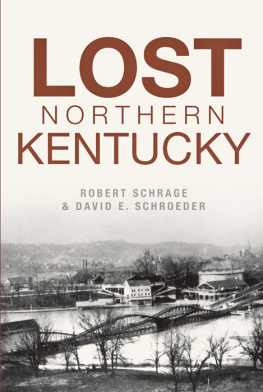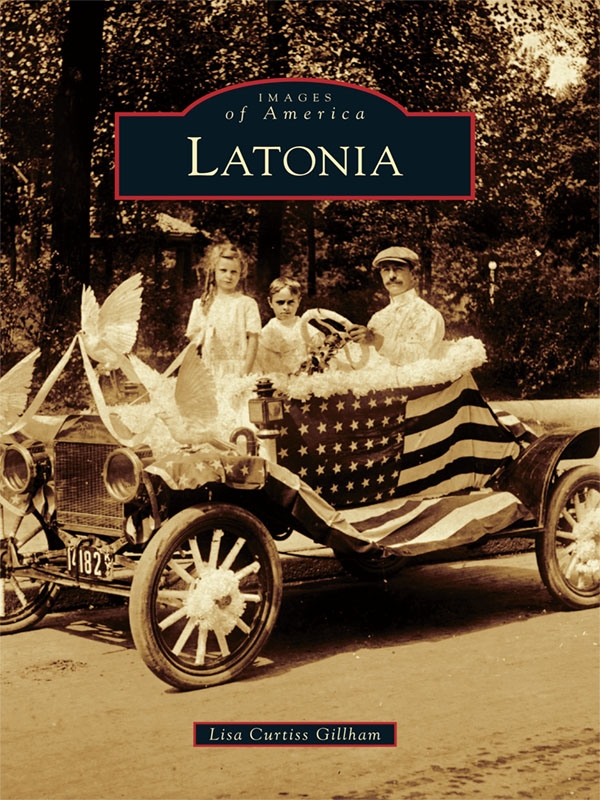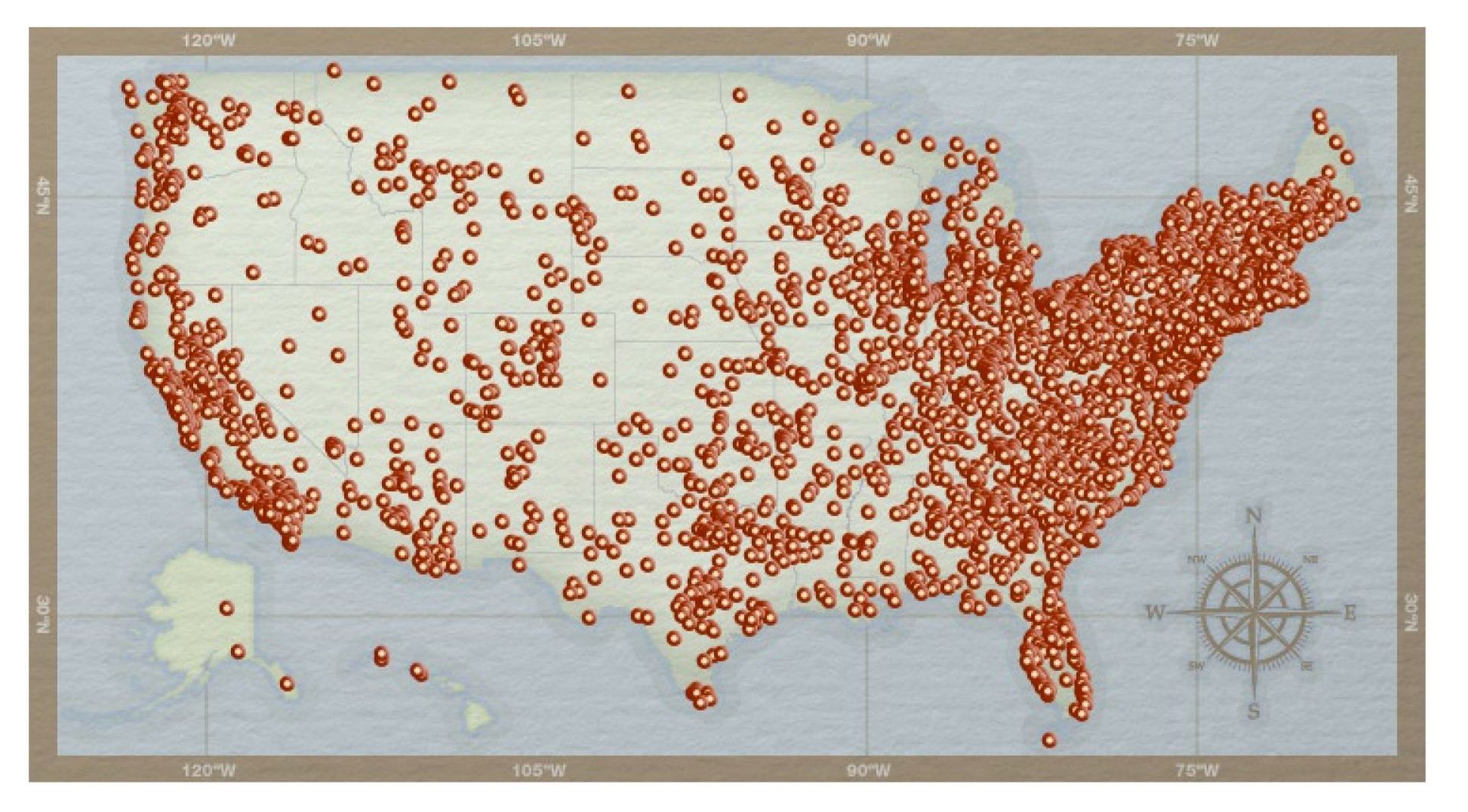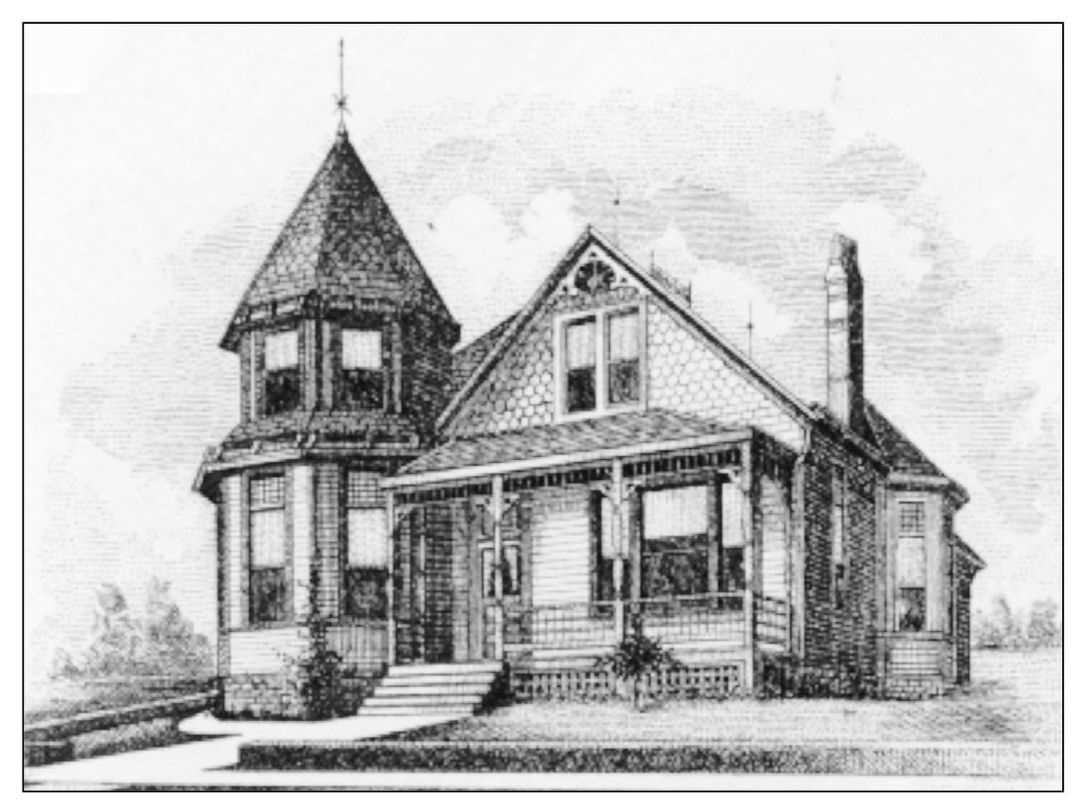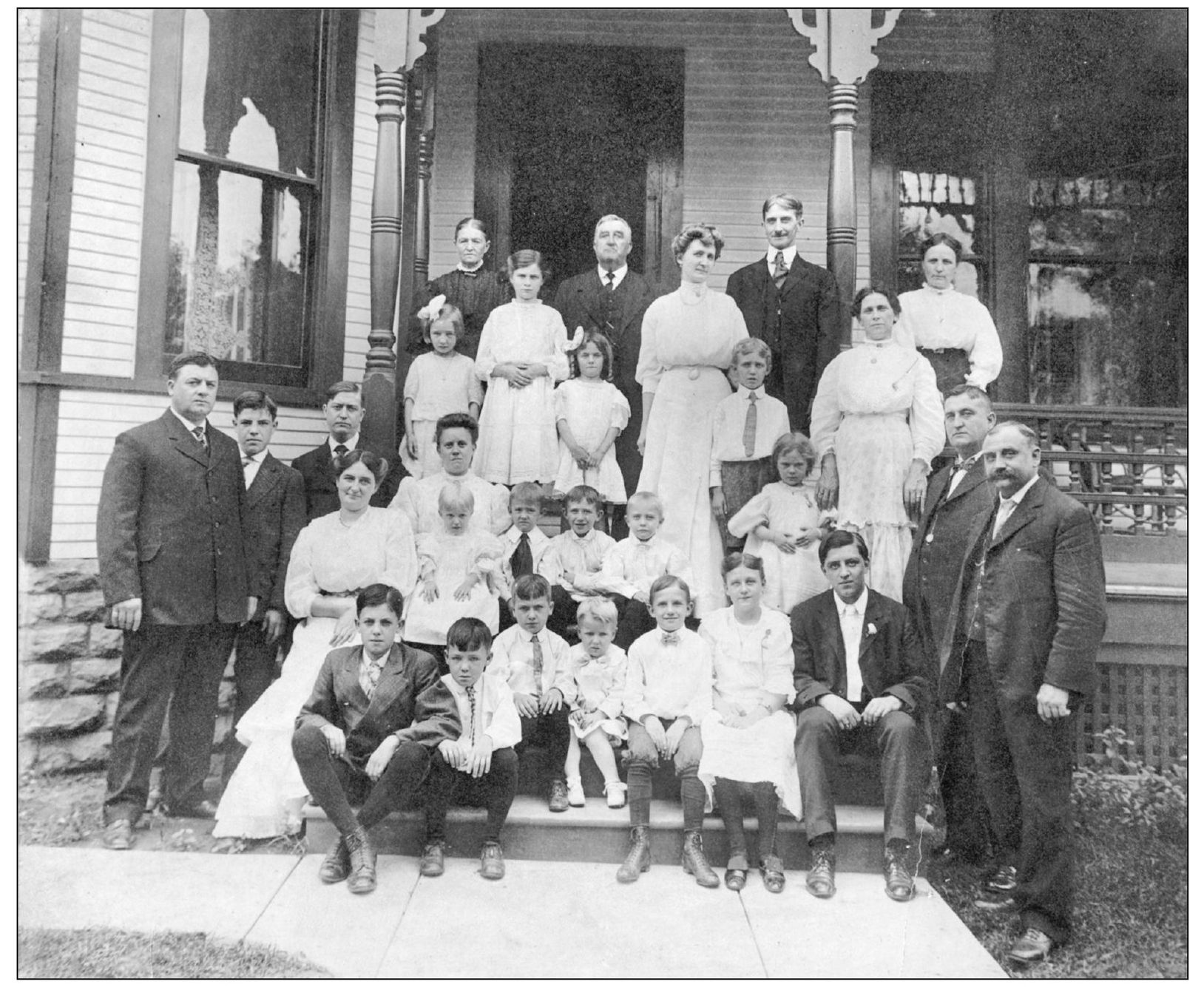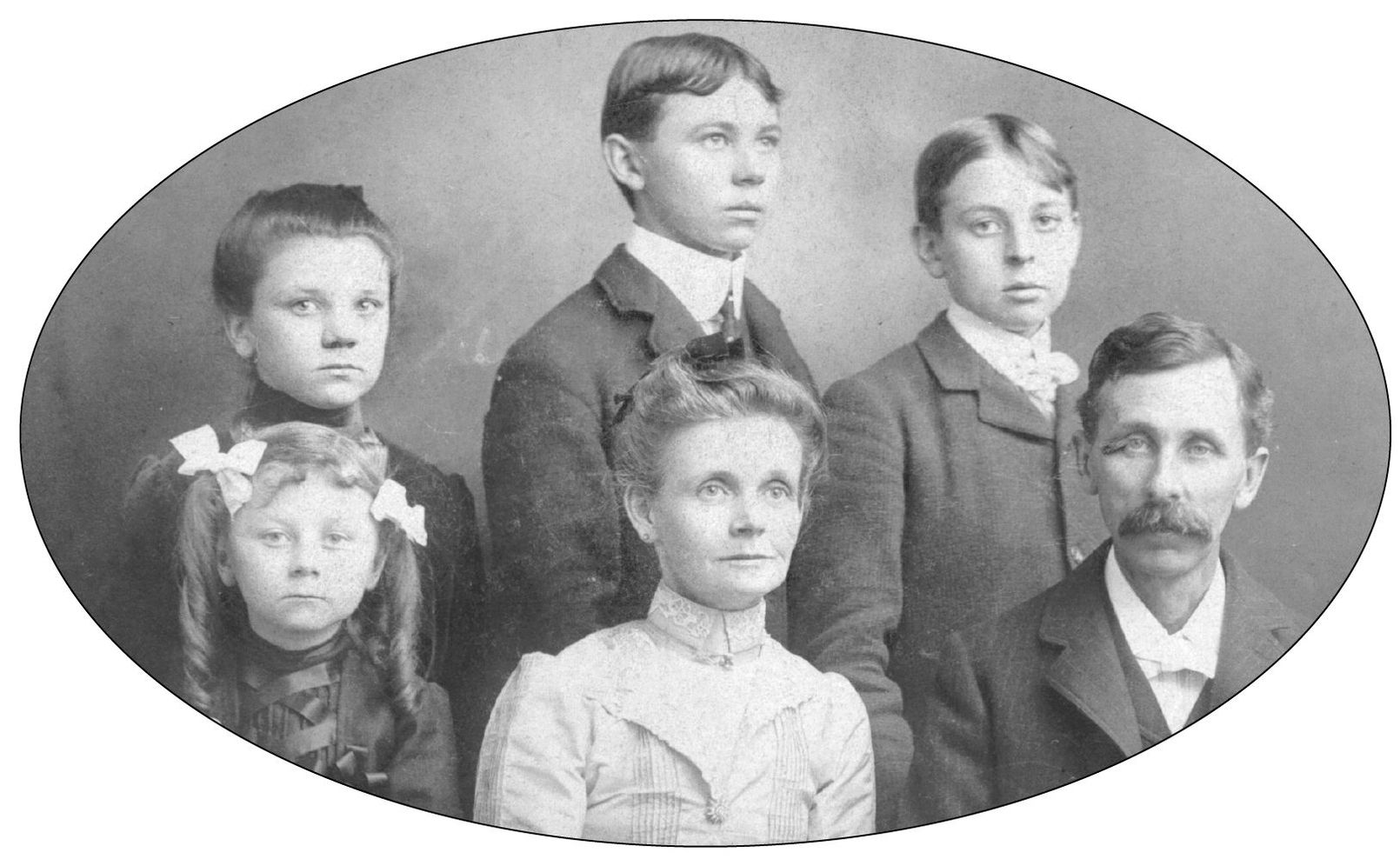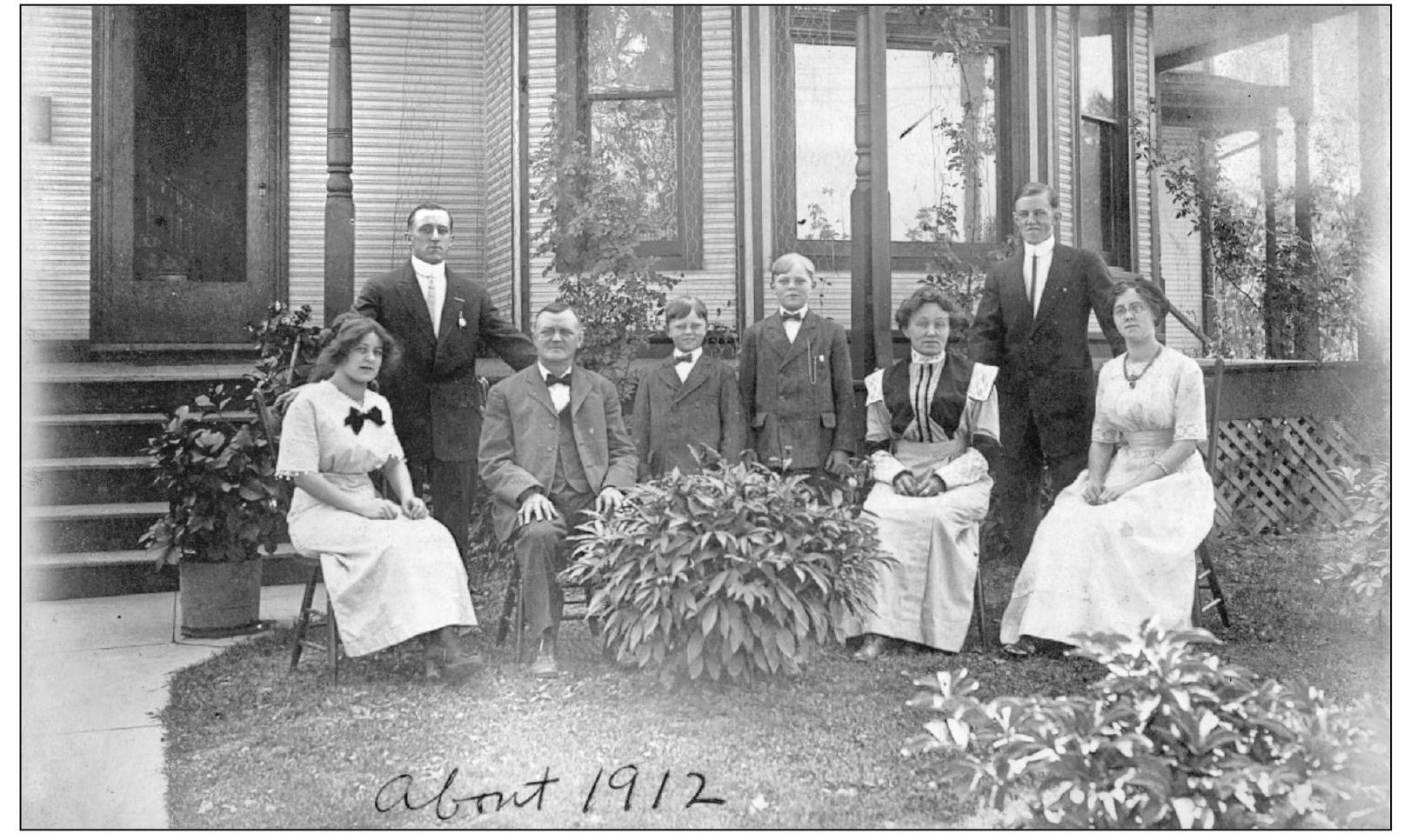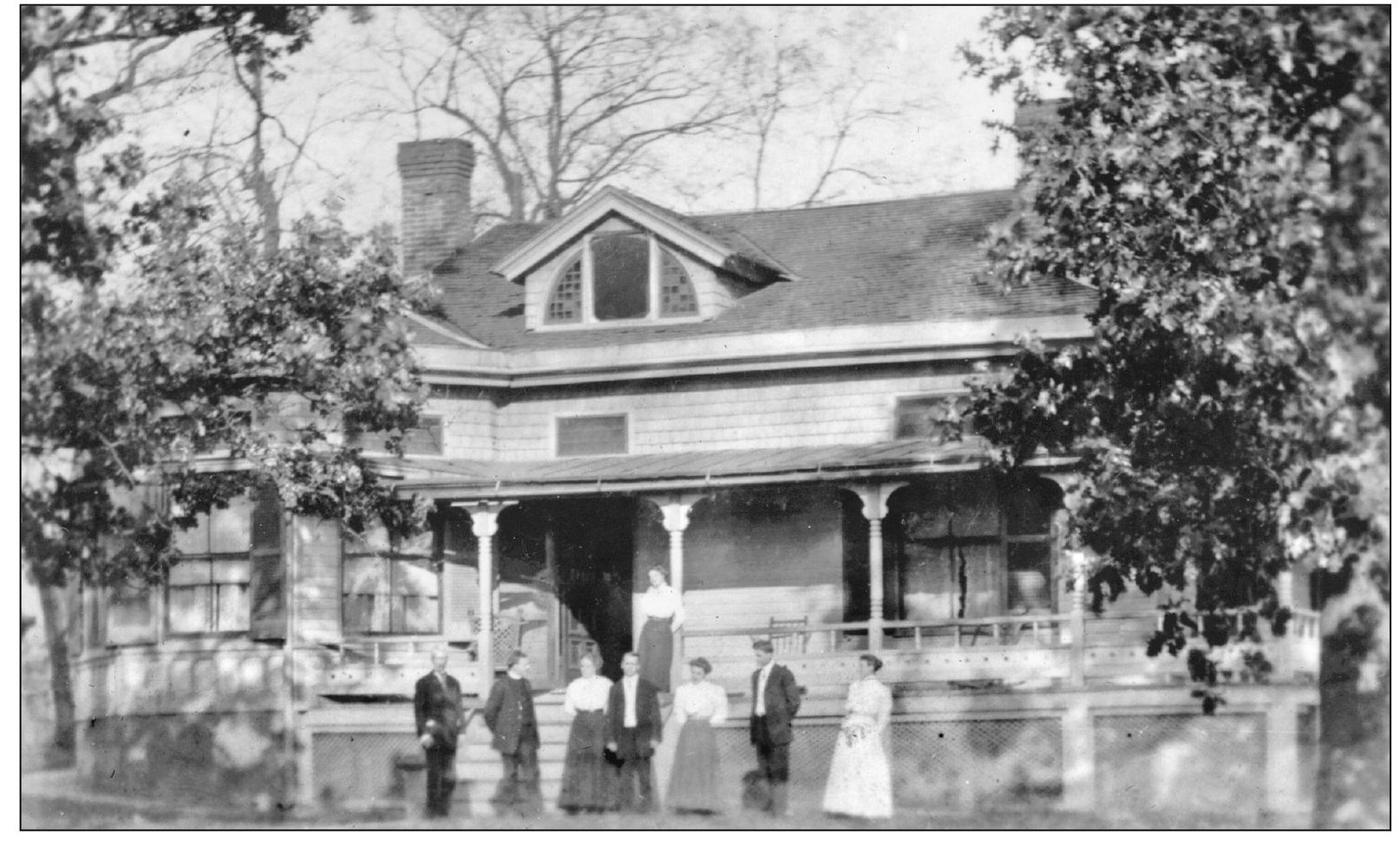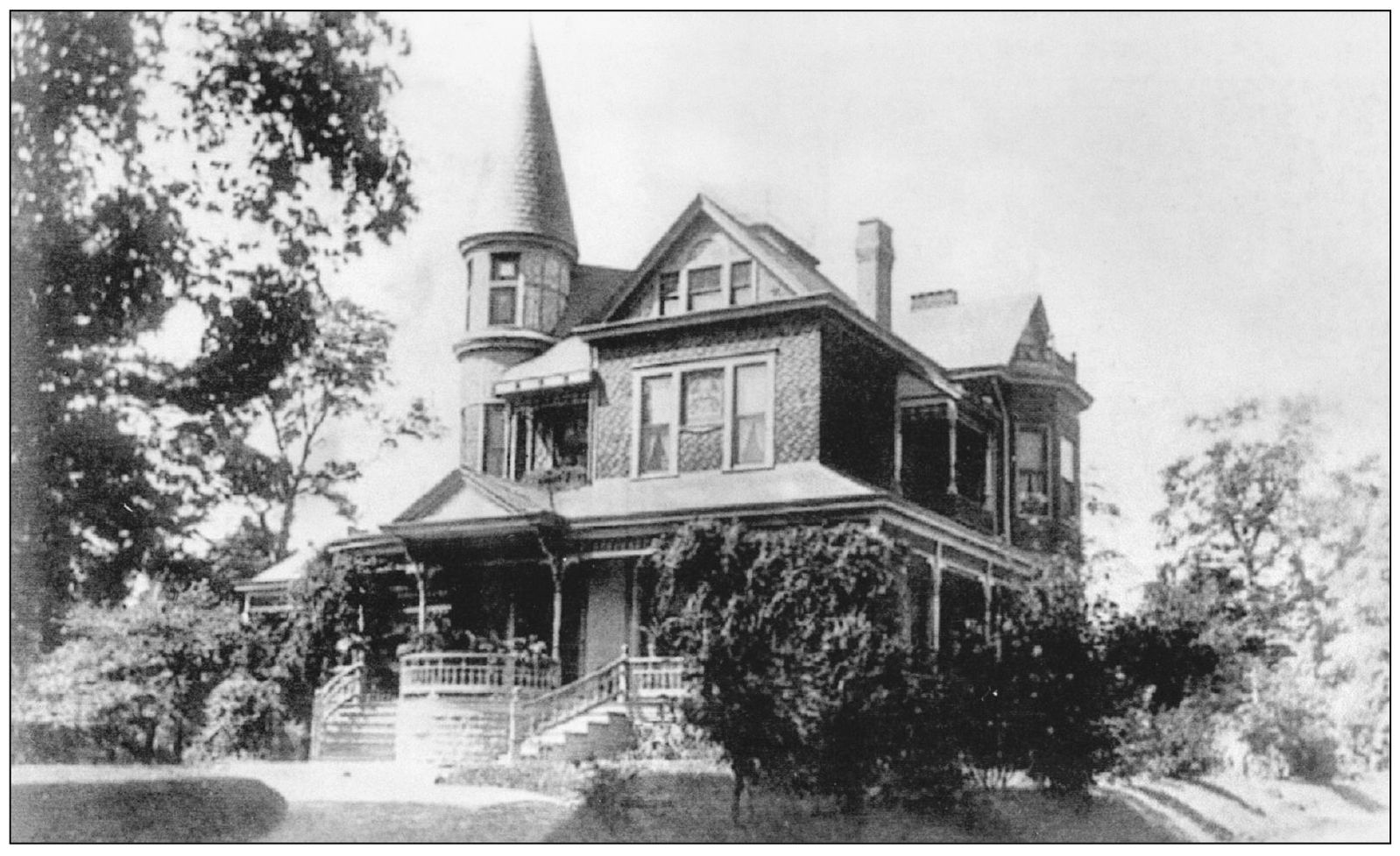One
HOME AND FAMILY
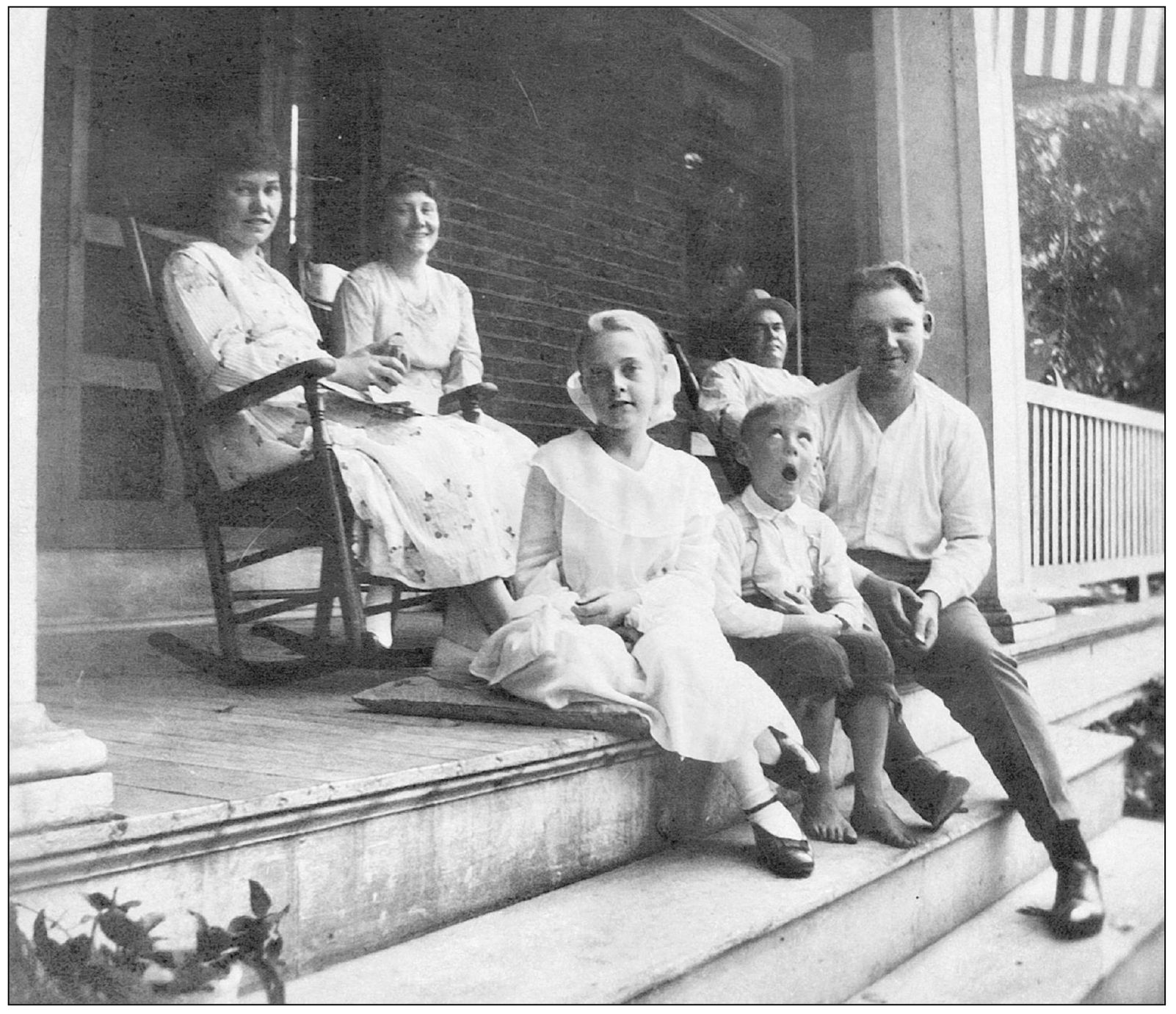
This was home in the stories told to the author by her grandmother, Fern. Here at 215 East Thirty-sixth Street (originally Franklin Street) still stands the house where Lizzie and George Smith reared six children. They built the house in about 1904, and it was the place to which their children returned in times of trouble. Life happened here, and the front porch was its focus. On this porch, Chicago baseball players gathered with top jockeys to drink beer with George and his sons and visit the family. From this porch, Fern watched as her husband crawled beneath a steaming derailed train to direct its righting. Here Harry Smith died in a rocking chair in the hot summer of 1934. It was where the family gathered, where George sat in his rocker strumming his guitar and whistling, and where they all sit unseen to this day. This c. 1912 photograph shows, from left to right, (seated on the step) Georgia Roe, Richter Roe, and Georgie Smith; (seated in rockers) Fern Smith, Myrtle Smith Roe, and George Smith, their Papa. (Courtesy of the authors collection.)
Johann Heinrich Kruse built his country villa on Park Avenue in 1892 when Latonia, then known as Milldale, was still sparsely populated. An executive at Covingtons Bavarian Brewery, he was instrumental in the development of Milldale and later Latonia. In addition to his work at Bavarian Brewery, he served on the town councils of both Milldale and Latonia and owned extensive real estate holdings. (Courtesy of the authors collection.)
Kruses extended family gathers on his front porch in this c. 1910 photograph. The following, from left to right, are: (fourth row, standing on the porch) Elizabeth and Johann Gerhard Kruse, Henrys parents; Henry (Heinrich); and an unidentified woman; (third row) Helen, Margaret, and Elizabeth, Henrys daughters; Catherine, his wife; Clifford, their son; and an unidentified woman. The rest are unidentified but are probably Henrys siblings and their families. The author now lives in this house. (Courtesy of the authors collection.)
The family of William Fillmore Gillham lived on Glenn Avenue in a section of Latonia known as Dinmore Park. W.F., as he was known, owned the Gillham Coal Company, which was located in Covington first on the Licking River and later on Washington Street. From left to right are (first row) daughter Emma, Flavia Curtiss Gillham, and W.F.; (second row) children Cokie (Corcoran), Alfred, and Charles Gillham. (Courtesy of the authors collection.)
Here is the Beuttel family in front of their home on Glenn Avenue, around 1912. The Beuttels co-owned a bakery business with the Schmidt family. Mary Beuttel was an able businesswoman who handled the companys accounts and investments. Pictured from left to right are Elsie, Bill, William (father), George, Carl, Mary Bauer (mother), Walter, and Mayme. Bill Beuttel later served as mayor of Covington from 19401945. (Courtesy of Bill Beuttel.)
James Thomas Earle, the firstand onlymayor of Latonia, built this house on Southern Avenue near Myrtle Avenue in 1897. J. T., employed by the C&O Railroad, became president of Latonias First National Bank, Latonia Board of Education, Latonia Grocery Company, and the Latonia Commercial Club. In 1905, he was elected mayor, but his brief tenure was controversial. (Courtesy of Karl Lietzenmayer.)
Here in 1909, the Dudley Glenn family stands in front of their home at Southern and Glenn Avenues, the latter named for Dudleys estate. At left are Dudley and Rev. Custis Fletcher, and on the porch is daughter Lucy. His wife, Lucy Mason Glenn, and the others are unidentified. Glenn was an early trustee, or councilman, of Latonia and rose to prominence in politics. (Courtesy of Karl Lietzenmayer.)
This mansion belonged to the family of John R. Coppin, who owned Coppins, Covingtons largest department store, as well as a subdivision near his home on Latonias west side. This house faced a lake where neighbors were welcomed to ice skate. In 1957, the Covington Board of Education bought the mansion and demolished it to make way for Ninth District School. The drained lake is now a sports field. (Courtesy of the authors collection.)

